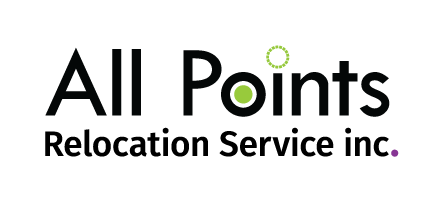Relocation is one of those HR functions that gets just enough attention to be painful when it goes wrong—and almost none when it goes right. But what separates a frustrating, black-box relocation experience from one that flows smoothly? One word: communication.
Here are three key strategies to build a seamless communication flow with your relocation provider—while quietly making your own life a whole lot easier.
1. Make Expectations Mutual — and Documented
Most HR teams know what they expect from a relocation partner. But how clear is your provider on what you need to see? How often do they communicate? How are exceptions flagged? Who needs to know about a hold-up on a visa?
A solid communication strategy starts by making the invisible visible. Map out who needs what, when, and how. A good provider will help you build this, not just nod and move on.
⚡ Hint: Boutique firms often outperform here. With smaller caseloads and tighter teams, they can actually customize communications to your internal flow.
2. Create a Feedback Loop that Actually Loops — and Let Dashboards Do Some of the Talking
Surveys at the end of a relocation are great—but they don’t help when a transferee is mid-move and frustrated about a rental delay. The most seamless programs have built-in check-ins: short, intentional moments of communication. This could be a quick weekly update, a 10-minute status call, or an internal notification system that keeps HR in the loop.
But let’s be honest: not every HR professional wants their updates wrapped in a long-form email. Some prefer to log in on their own time and see what matters most at a glance.
That’s where customized dashboards come in.
The right relocation partner will work with you during implementation to identify exactly what you need to see—whether it’s the number of active relocations, flagged exceptions, budget-to-actual comparisons, or estimated close dates on home sales—and then present that information in a way that fits your rhythm. A clean dashboard shouldn’t just be a reporting tool; it should be a living, breathing feedback loop that supports both HR and transferees without generating more email chains.
⚡ And again, this is where nimble providers shine. They’re not locked into rigid reporting templates. They’ll actually listen—and tweak the system to fit your flow, not theirs.
3. Empower Your Transferees Without Abandoning Them
HR doesn’t want to be the middle-person between a stressed employee and a slow reply from a vendor. But neither do you want your transferee to feel like they’ve been handed off to a stranger with a login and a chatbot.
This is where customized communication really shines: a proactive rhythm of check-ins, support in their own time zone, and actual human responses. The best partners train their teams not just in logistics, but in spaced-repetition communication—the art of knowing when and how often to follow up, so nothing falls through the cracks.
⚡ A nimble partner gives you double value here: your HR team is freed up, and your transferee feels genuinely supported.
Final Thought:
Communication isn’t just about talking—it’s about design. And when your relocation program is built around intentional, tailored communication, you see fewer exceptions, better transferee experiences, and less stress on your HR team.
Because in the end, relocation should move people—not problems.

